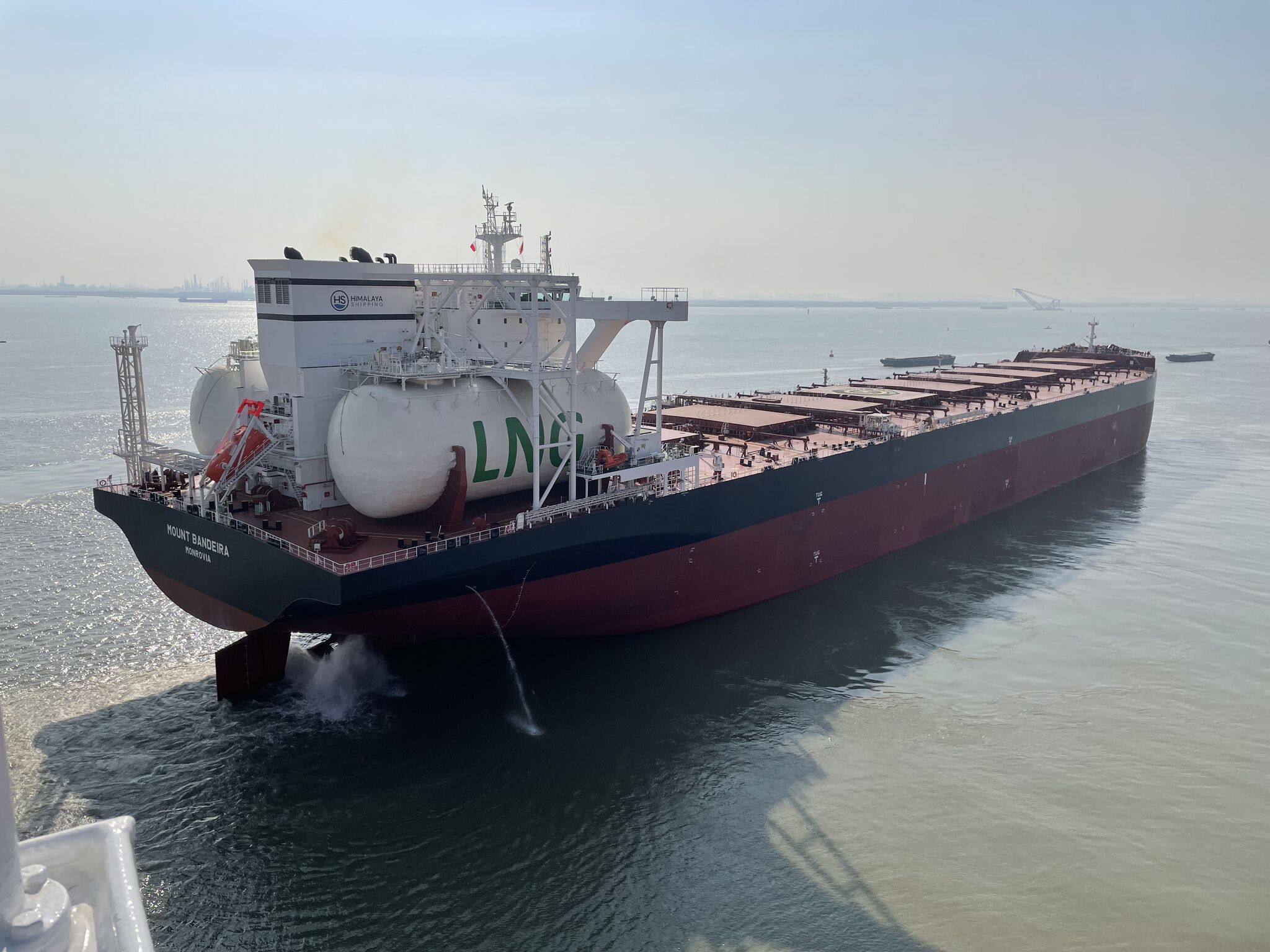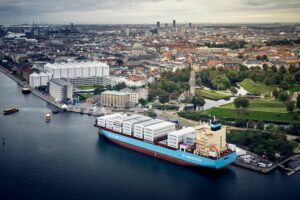Industry coalition SEA-LNG reports that active LNG-fuelled vessels now account for more than 2% of the global shipping fleet. Once the order book is taken into account, this number increases to 4% by vessel numbers or 6% by deadweight tonnage. Almost every day brings new announcements of fleet owner investments in LNG-fuelled vessels.
SEA-LNG, a multi-sector industry coalition whose members work together to demonstrate the benefits of LNG as a marine fuel, highlights that numbers have grown from 21 LNG-fuelled vessels in operation in 2010, many of them smaller ships operating regionally, to 590 in operation globally today, including the world’s largest container ships twice the size of any operating in 2010.
They point out that with a further 564 on order, the total number of LNG-powered vessels in operation by the end of 2028 will be 1,154. Added to these are 772 LNG carriers in operation, with a further 341 on order at the end of 2023.
This means that over 2,000 of the world’s 60,000 largest vessels are LNG-powered.
In addition, according to DNV, LNG dual-fuel vessels make up one third of the new build order book. If DWT is used, the LNG-powered fleet in operation and on order of 142.5Mt DWT represents 6% of the world’s total 2,224 Mt DWT.
Peter Keller, chairman, SEA-LNG, said: “It is gratifying that LNG is finally gaining favour amongst so many shipowners. LNG is the only practical and realistic alternative fuel pathway available today – even for those shipowners that may also be considering other such pathways.
“While we have always said that a basket of fuels will be required for shipping to meet the 2050 emissions reduction targets, the rationale for the LNG pathway remains unchanged.
“The LNG pathway using liquefied biomethane and eventually hydrogen-based e-methane currently provides the only viable option to making progress towards 2050, starting with immediate carbon reductions, now. LNG also continues to help solve critical local emissions and health related environmental concerns.”
As it is reported by SEA-LNG, today 2-stroke diesel cycle engines account for approximately 75% of the LNG-fuelled vessel order book.
In support of this expansion in LNG dual fuel vessels, LNG bunkers are currently available in 185 ports, with an additional 50 being added next year.
Furthermore, the bunkering vessel fleet has increased from a single vessel in 2010 to 60 in operation today, with a further 13 on order.



